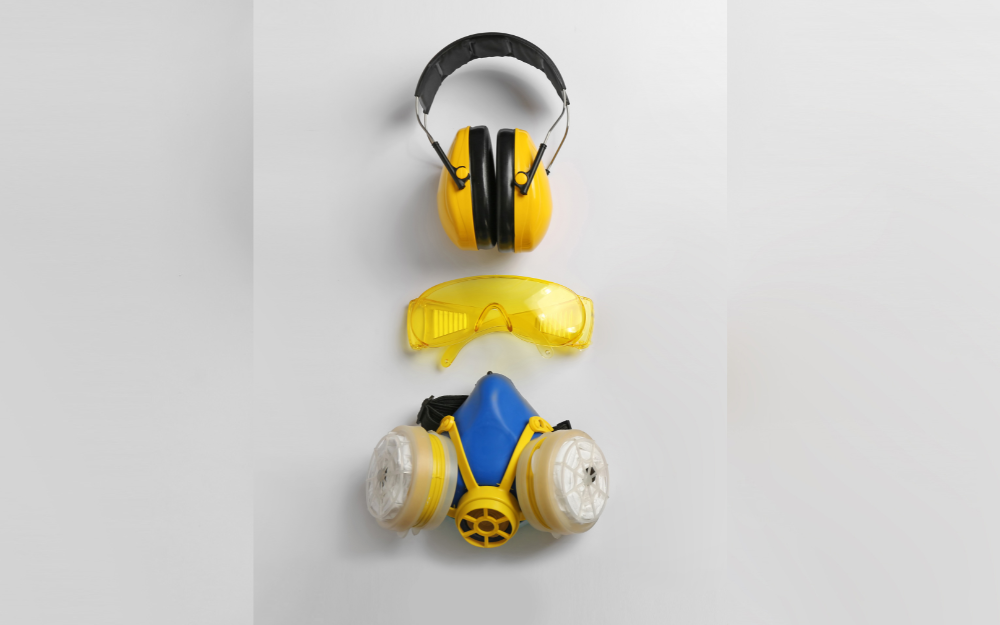- Overview
- Resources
- HSE Figures
Creating a Winning Safety Culture
Get ahead by creating a winning health and safety culture.
Nobody goes to work to get injured or become unwell. The latest Health and Safety Executive (HSE) figures show that 1.7 million working people were suffering from work-related ill health in the UK. The reality in these statistics prove that we need to do more to create safer workplaces and improve health and safety in the workplace.
Strengthening safety culture can help streamline communication and bring teams together while improving safety records and driving safer outcomes.
In addition to protecting workers and saving lives, investment in a safety programme will help organisations benefit in other areas such as company credibility and reputation, employee morale, and worker retention rates.
Access your free resources below to find out how you can get ahead.
Resources
-
On-Demand Webinar
Hear how local authority company Greener Ealing collaborated with technology experts Alcumus to build a winning safety culture through a single integrated EHSQ system; with guest speaker Sandra Hewey, HSEQ and training manager at Greener Ealing.
Listen to the webinar -
e-Book
Download this free eBook to learn how to take positive action towards target zero accidents with our 5 steps to a winning health and safety culture
See the e-Book -
Questions from the Q&A
Listen to Alcumus' latest Q&A session with guests from IOSH Magazine and Sandra Hewey, HSEQ and training manager at Greener Ealing.
Listen to the Q&A session

Health and Safety Culture
Further HSE figures from their latest report, released in December 2021, show that:
-
441,000 workers sustained injuries, 142 fatally
-
£26.9 million in fines resulting from prosecutions
-
The average fine per case has increased by 35%, from £107,000 to £145,000
-
Never has it been more important to have clear considered risk assessments that are specific to your business and activities so that you and your people can work safely and to best manage and mitigate risk exposures.
